The traditional American town square—once the vibrant center of community life—faced decline throughout the latter half of the 20th century as shopping malls, suburban sprawl, and changing social patterns pulled activity away from these historic spaces. Yet across the country, creative placemaking initiatives have breathed new life into these civic hearts through public art, cultural programming, and artistic renovation.
These revitalization efforts reveal how creativity serves not merely as decoration but as a powerful economic and social catalyst. These Renaissance stories share common elements yet reflect distinctive local characters.
Here is a list of 18 remarkable town squares that have experienced revitalization through arts-based initiatives, turning historic but fading centers into vibrant cultural destinations.
Bentonville Square – Arkansas
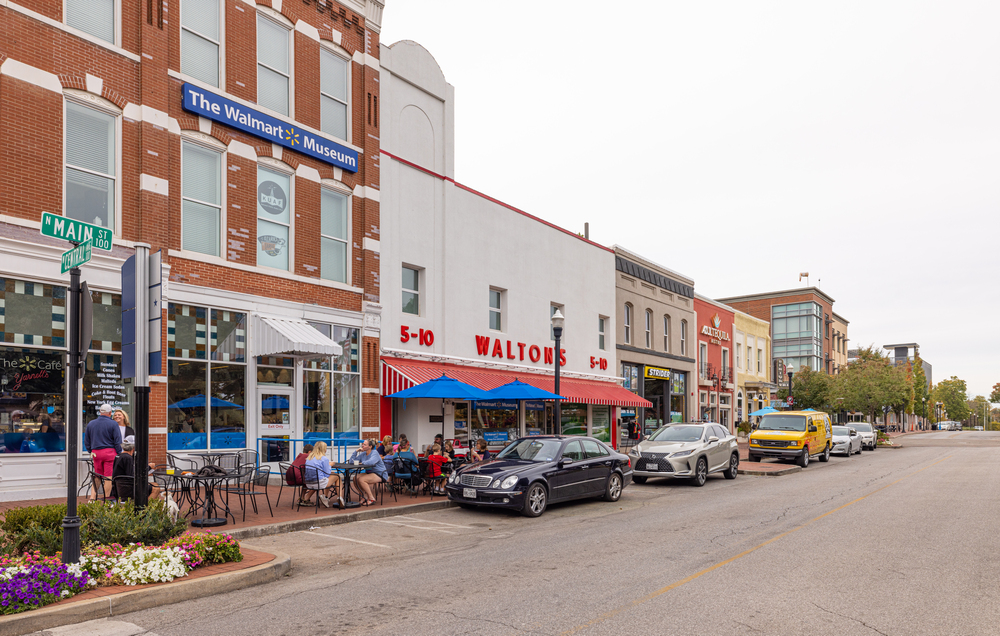
This classic American town square transformed from a sleepy courthouse surround to an international arts destination following the 2011 opening of Crystal Bridges Museum just a mile away. The square itself now features rotating sculpture installations curated by museum staff, creating an outdoor extension of the world-class collection nearby.
Historic buildings surrounding the square have been meticulously restored, their interiors housing independent galleries, artisanal food shops, and studios where visitors can watch craftspeople at work. Weekly farmers’ markets double as craft fairs where local artists sell alongside regional food producers, creating a holistic creative economy around the traditional square layout.
The Momentary—a contemporary art space opened in 2020—strengthened connections between downtown and outlying cultural attractions through dedicated bicycle paths decorated with commissioned murals.
Woodstock Square – Illinois
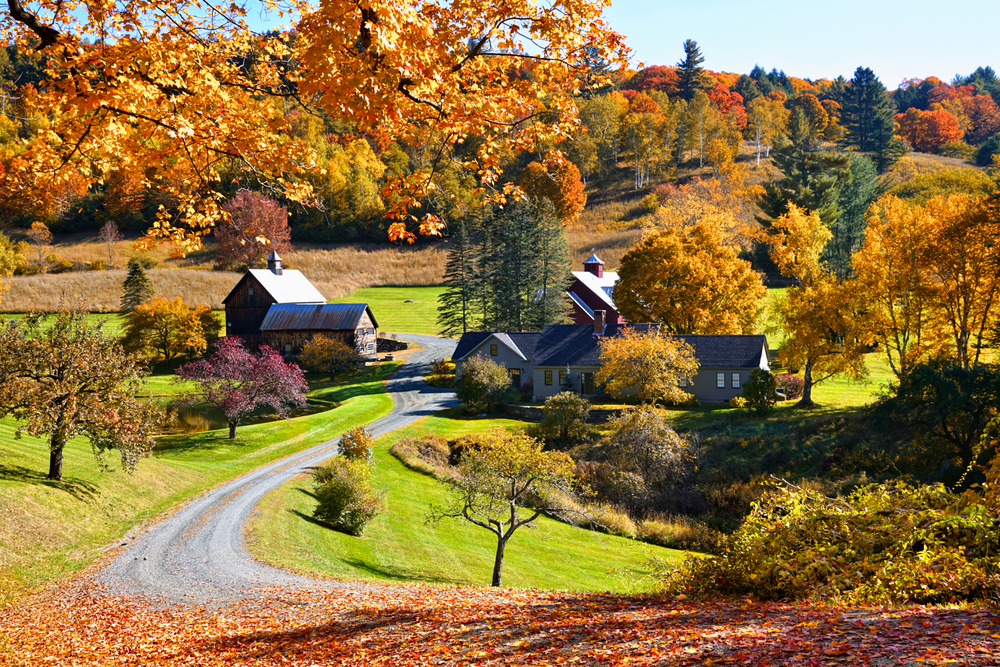
The picturesque courthouse square made famous as the filming location for “Groundhog Day” leveraged its cinematic heritage through public art commemorating the movie while developing a thriving year-round arts identity. Building facades surrounding the square now serve as rotating gallery spaces through a vinyl wrap program that transforms empty storefronts into temporary exhibition venues for regional artists.
The Opera House, anchoring the square’s northwest corner, underwent complete restoration, now hosting performing arts events ranging from classical music to avant-garde theater alongside traditional community functions. Sculptural bicycle racks depicting scenes from local history add both functionality and educational value around the square’s perimeter.
The annual Mozart Festival expands beyond formal performances into the square itself, with musicians performing from balconies and courthouse steps during summer evenings.
Like Travel Pug’s content? Follow us on MSN.
Covington Square – Georgia

This quintessential Southern square found a new purpose after decades of decline through a comprehensive arts-based revitalization strategy centered on its filmic appeal. Beyond capitalizing on its frequent appearances in television and movies, the community developed an authentic creative identity through the adaptive reuse of surrounding historic buildings.
Former retail spaces now house working studios with large windows, allowing visitors to observe artists creating everything from handblown glass to traditional quilts. Building exteriors feature commissioned murals depicting local history without resorting to cliché Southern imagery, instead celebrating diverse stories previously absent from public space.
Monthly art walks transformed evening activity patterns from sparse to vibrant, with galleries remaining open late while musicians perform from the restored gazebo at the center of the square’s design. Sculptural installations rotate quarterly through a partnership between the local government and nearby university art departments.
Healdsburg Plaza – California

Wine country tourism flows directly through this immaculately maintained square, where arts programming has transformed a once-seasonal destination into a year-round cultural hub. The central gazebo hosts chamber music performances during the summer months, while winter brings fire-pit story circles featuring readings by local authors.
Buildings surrounding the square combine upscale galleries with working studios, creating a direct connection between artistic production and consumption. Tuesday evening farmers markets extend into twilight art strolls, with vintners pouring alongside painters displaying recent works.
The historic Plaza Building’s renovation created affordable studio spaces on upper floors while maintaining gallery presence at street level—addressing sustainability concerns that often accompany successful arts districts. Interactive sculpture installations encourage hands-on engagement from visitors of all ages, expanding the definition of public art beyond passive viewing.
Oxford Square – Mississippi

Literary heritage forms the foundation of this Southern Square’s revival, with public art celebrating local luminaries, including William Faulkner and contemporary authors. Building facades feature excerpts from notable works in attractive typography, creating an outdoor anthology that reflects the regional literary tradition.
The restored county courthouse anchoring the square now houses a literary museum alongside government functions, highlighting connections between place and creative output. Independent bookstores surrounding the square host readings that regularly spill onto outdoor platforms, turning private literary events into public performances.
An innovative sidewalk inlay program embeds quotes from Mississippi authors directly into walkways, encouraging visitors to follow in the footsteps of literary giants literally. The annual Faulkner conference extends beyond academic sessions into community programming throughout the square, democratizing literary appreciation across diverse audiences.
Like Travel Pug’s content? Follow us on MSN.
Lancaster Central Market – Pennsylvania

America’s oldest continuously operating public market anchors this Pennsylvania downtown, its 1889 market house now surrounded by arts-focused revitalization that respects agricultural heritage. The square combines working farm vendors inside the historic market building with cultural programming throughout the surrounding streets closed to vehicles during peak hours.
A rooftop sculpture garden atop a converted department store provides elevated views across the historic cityscape while showcasing contemporary installations. Former retail spaces now house artisanal craft operations producing everything from hand-printed textiles to small-batch chocolate, creating a comprehensive maker economy around the traditional market function.
An innovative projection mapping program uses buildings surrounding the square as evening canvases for digital art displays during winter months when darkness comes early. The nearby Fulton Theater—one of America’s oldest continuously operating theaters—extends programming onto the square during summer performances, blurring boundaries between formal and informal cultural spaces.
Dahlonega Square – Georgia

Gold rush history provides the background for this Appalachian town square’s artistic renaissance, which balances heritage tourism with contemporary creative expression. The former courthouse now houses an art center with rotating exhibitions featuring both traditional mountain crafts and contemporary interpretations of regional aesthetics.
Building exteriors combine historic gold mining imagery with abstract murals inspired by the surrounding mountain landscape rather than literal representation. Public seating throughout the square doubles as artistic expression—benches crafted by local woodworkers feature carved elements depicting community stories from diverse perspectives.
Monthly bluegrass performances intentionally pair traditional musicians with contemporary artists, stretching the genre’s boundaries and attracting audiences spanning multiple generations. The annual Gold Rush Festival incorporates juried art exhibitions alongside historical reenactments, encouraging dialogue between heritage preservation and creative progression.
Marietta Square – Georgia
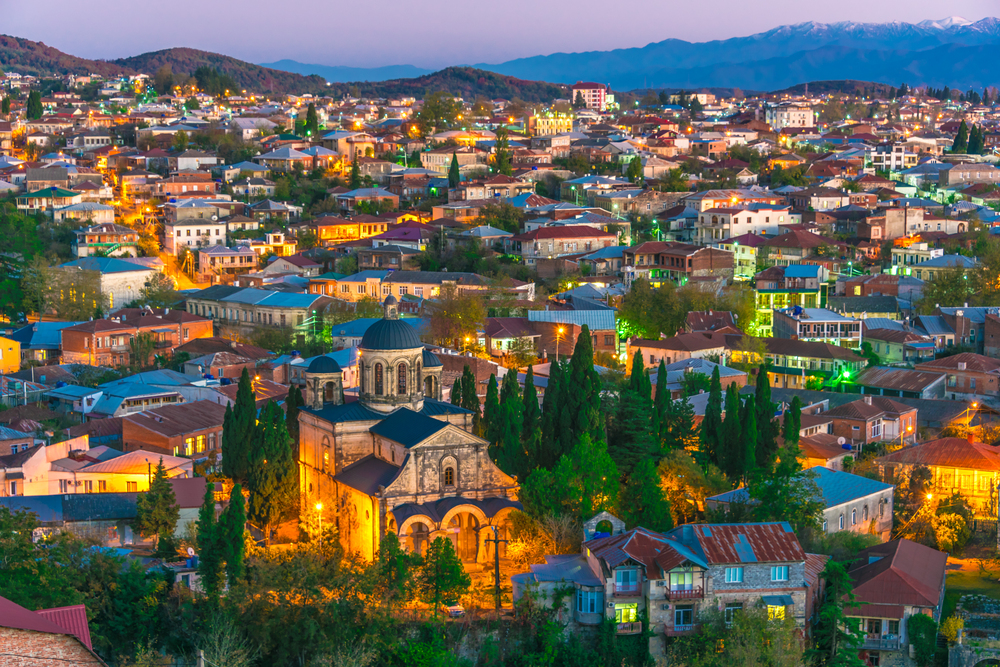
This Atlanta suburb transformed its historic square from a commuter pass-through to a cultural destination through strategic public art investments and adaptive reuse of surrounding buildings. The former cotton warehouse now houses a collective of working artist studios with regular public hours, creating consistent creative activity beyond special events.
Building exteriors feature murals celebrating both the area’s railroad heritage and its modern-day diversity, acknowledging complicated historical narratives through nuanced visual storytelling. An innovative water feature incorporates sculptural elements while providing welcome cooling effects during Georgia summers, exemplifying functional public art principles.
Monthly art walks coordinate with farmers market schedules, creating a natural transition between daytime shopping and evening cultural activities. The community theater anchoring one corner has expanded programming onto the square itself with outdoor performances that activate the space during evening hours otherwise prone to emptiness.
Like Travel Pug’s content? Follow us on MSN.
Water Street District – New York

This upstate downtown adjacent to the Erie Canal reclaimed its industrial waterfront through arts-based development centered on the historic market square. Former canal warehouses now house galleries and performance spaces, while educational programs teach traditional boat-building techniques alongside contemporary exhibition venues.
Sculptural installations along the waterfront reference canal history without resorting to nostalgic reproduction, instead creating a dialogue between the industrial past and the creative present. An innovative floating art platform anchored offshore provides rotating exhibition space visible from the square, changing perspectives seasonally as canal water levels fluctuate.
The annual Canal Days festival incorporates contemporary art commissions alongside traditional heritage celebrations, bridging potential cultural divides through creative programming. Restored alleyways connecting the square to surrounding neighborhoods feature lighting designs by local artists, improving safety while adding aesthetic value to functional infrastructure.
Fountain Square – Indiana

This Indianapolis district surrounding a historic square experienced remarkable transformation through grassroots arts initiatives that eventually attracted institutional investment. The former neighborhood movie house reopened as an independent cinema and performance venue, screening art films while hosting local musicians in its revamped lobby space.
Vacant commercial spaces became affordable studios through an innovative property management collaborative, ensuring artists who sparked revitalization could remain despite rising property values. Building facades feature text-based artistic interventions highlighting community stories, creating narrative connections between discrete locations throughout the district.
Food-based entrepreneurship developed alongside traditional arts, with culinary incubator spaces complementing visual art studios to create a comprehensive creative economy. The annual Art Squared festival turns the entire district into an open-air gallery, with performances occurring simultaneously across multiple venues, including rooftops and alleyways normally inaccessible to the public.
Bellows Falls Square – Vermont

This former mill town’s compact downtown centered on a traditional New England square found new purpose through arts-focused redevelopment of its historic industrial structures. The square itself features changing sculpture exhibitions curated through a competitive selection process involving community members alongside arts professionals.
Upper floors of surrounding buildings were converted to affordable live-work spaces for artists, addressing housing challenges while ensuring creative presence throughout all hours. The former town hall now houses a community arts center with sliding-scale class offerings, democratizing creative education across economic circumstances.
An innovative projection program turns blank wall segments into nighttime screening venues for digital works and documentary films about regional history. The annual Roots on the River festival extends from traditional performance venues onto the square itself, with musici
Like Travel Pug’s content? Follow us on MSN.
Yellow Springs Square – Ohio
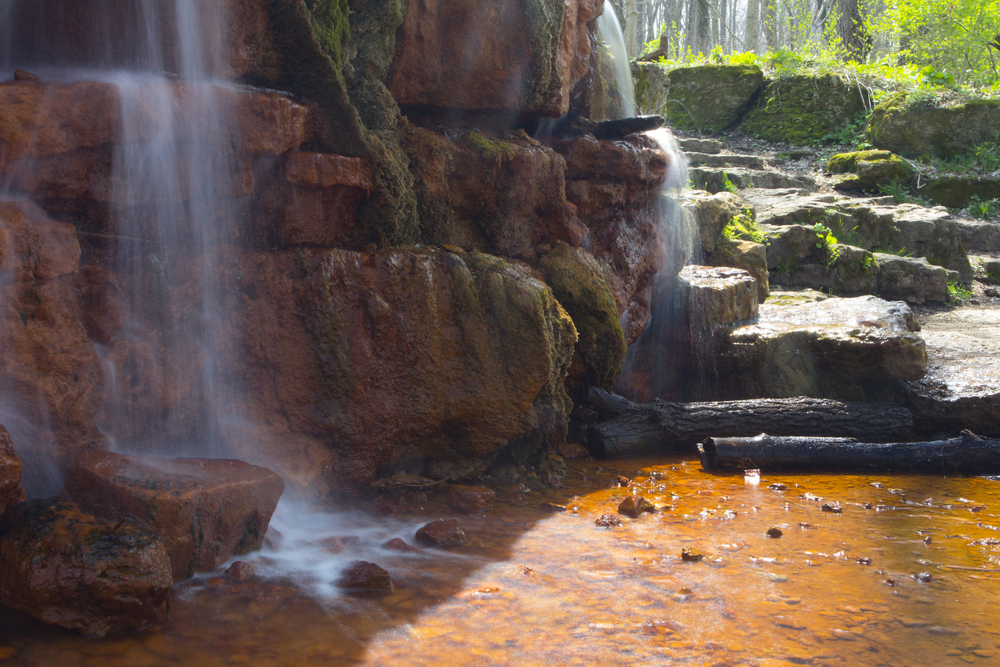
This progressive village leveraged its countercultural heritage into arts-based economic development centered on its compact downtown core. Building exteriors feature commissioned murals combining abstract design with community storytelling elements that change subtly with viewing distance and angle.
Second-story spaces overlooking the central square house affordable artist apartments through innovative zoning encouraging mixed-use development throughout the district. The former hardware store became a community maker space offering equipment access ranging from traditional woodworking tools to contemporary digital fabrication technology.
Public infrastructure incorporates creative elements—bike racks shaped like native woodland creatures provide functional storage while reflecting regional ecology. The annual Street Fair transforms the entire downtown into a pedestrian-only arts district, with sales supporting year-round creative programming accessible to diverse income levels.
Lebanon Square – Tennessee
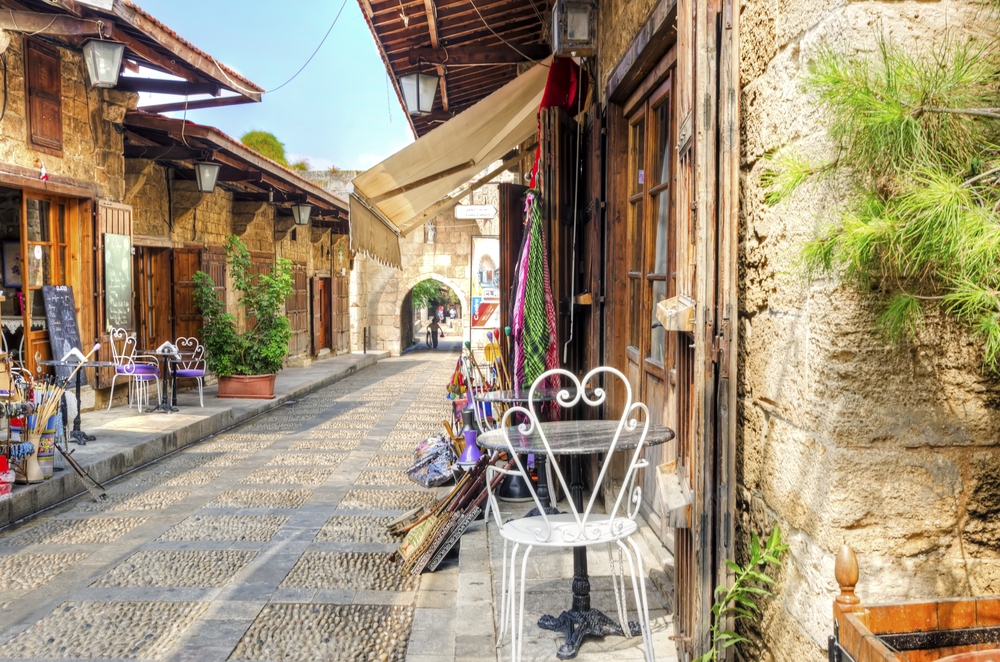
This Middle Tennessee courthouse square maintained historic architectural integrity while embracing contemporary arts programming that transformed empty storefronts into creative anchors. The former post office now houses a community arts center with gallery space and classrooms offering instruction spanning traditional crafts to digital media production.
Public seating throughout the square showcases local woodworking tradition through commissioned benches incorporating regional hardwoods harvested sustainably from nearby forests. A pioneering program pairs established artists with property owners for temporary installations in vacant spaces, reducing visible emptiness while providing exhibition opportunities.
The restored 1939 Capitol Theatre anchors entertainment programming, its Art Deco facade illuminated during evening hours to strengthen the nighttime square identity. Seasonal festivals incorporate working artist demonstrations alongside performances, emphasizing the creative process rather than merely finished products.
Newnan Square – Georgia

This courthouse square, 40 miles southwest of Atlanta, balanced historic preservation with contemporary relevance through arts programming focused on community storytelling across disciplines. Building exteriors feature artistic interpretations of local history beyond conventional heroic narratives, acknowledging complex social history through nuanced visual expression.
The former department store now houses an artists’ cooperative gallery with a rotating exhibition schedule primarily featuring regional creators working across media. Public seating incorporates literary elements through text selections embedded in hardscape features surrounding the courthouse, connecting visual arts with regional literary traditions.
An innovative augmented reality program allows visitors to view historical imagery superimposed over contemporary square views through smartphone applications, creating a technological bridge between past and present. The annual Art Walk transforms building windows into temporary galleries, with lighting design ensuring evening visibility equivalent to daytime displays.
Like Travel Pug’s content? Follow us on MSN.
Easton Square – Pennsylvania
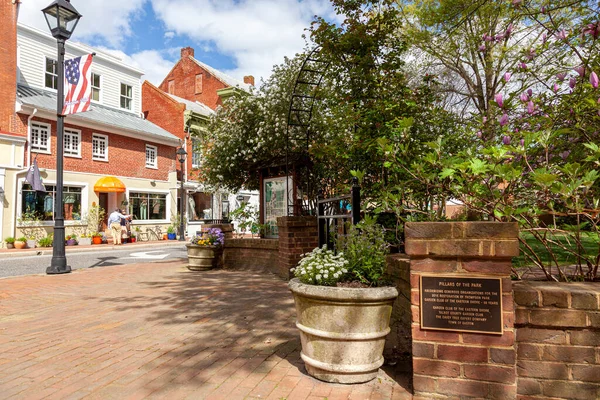
This historic circle is surrounded by distinctive Victorian architecture revitalized through arts programming, combining heritage awareness with contemporary relevance. The farmer’s market tradition dating to 1752 expanded to include craft vendors producing artisanal goods ranging from handmade soap to sculptural metalwork.
Former retail spaces surrounding the square now house working studios with public-facing components, allowing visitors to observe creative processes directly. Seasonal sculpture exhibitions transform the central square through temporary installations responding to the circular space’s unique spatial qualities.
The former hotel building anchoring the northwest quadrant now houses gallery space alongside boutique accommodation, attracting cultural tourism while maintaining authentic community function. Evening programming throughout the summer months activates the space during typically quiet hours, with projection art illuminating building facades during nighttime events.
Tarboro Commons – North Carolina
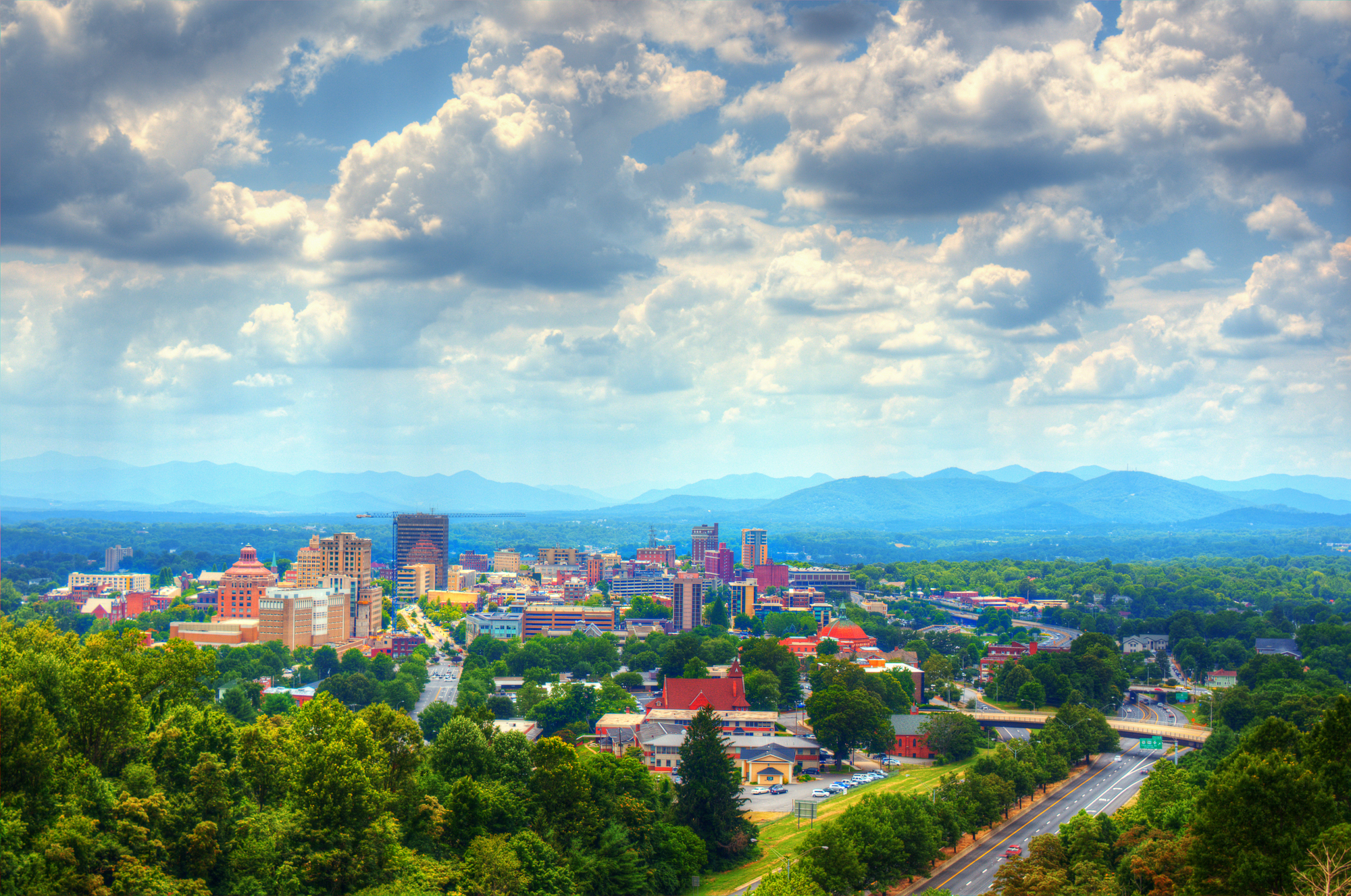
This exceptionally well-preserved historic square combines Southern architectural tradition with contemporary arts programming that respects heritage while avoiding nostalgic sentimentality. The former textile mill owner’s mansion now houses regional arts council headquarters alongside exhibition space featuring both traditional crafts and contemporary interpretations of Southern identity.
Building exteriors surrounding the square display subtle artistic interventions—decorative elements that reveal themselves gradually rather than announcing artistic presence overtly. The historic town library expanded its traditional role through maker programs ranging from bookbinding workshops to digital media production classes taught by resident artists.
Public infrastructure incorporates artistic elements through custom-designed lighting fixtures created by regional metalworkers using traditional forging techniques. The annual Happening on the Commons transforms the formal Victorian landscape into a performance venue combining traditional music with contemporary dance and theatrical elements.
Emporia Downtown – Kansas
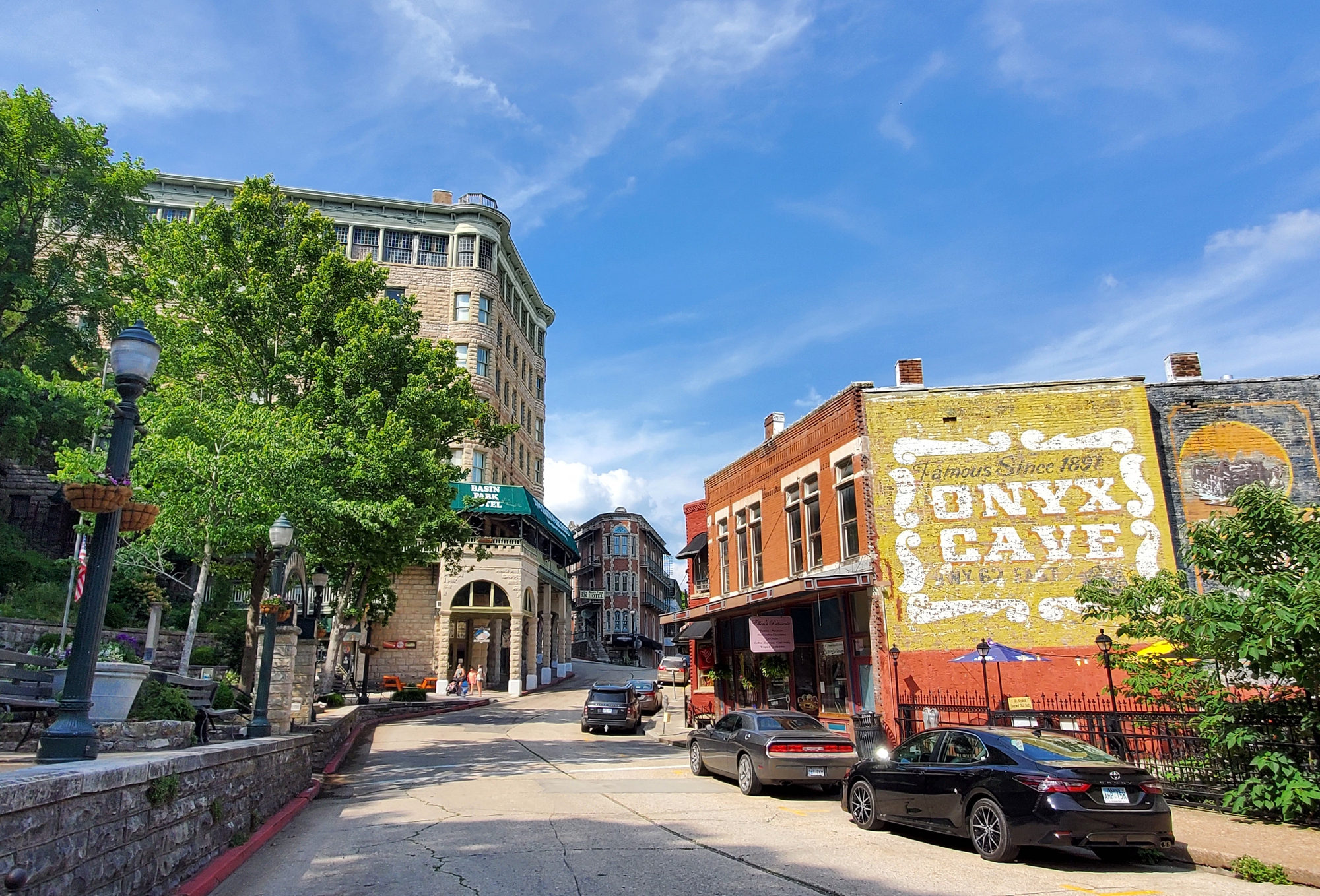
This classic Midwestern county seat centered on traditional courthouse square transformed decline into opportunity through a comprehensive arts-based revitalization strategy. The former department store now houses a combination gallery/teaching center with workshop spaces offering instruction spanning traditional crafts to contemporary design techniques.
Building exteriors feature historically appropriate artistic interventions highlighting architectural details through subtle lighting and color restoration rather than obtrusive additions. Public seating throughout downtown incorporates artistic elements through collaborative design involving local high school students working alongside professional artists, creating intergenerational investment.
The historic Granada Theatre’s restoration anchored performing arts programming that regularly extends beyond formal venue into surrounding public spaces. The annual Great American Market combines traditional sales events with juried art exhibitions, transforming commercial activity into cultural experiences through thoughtful curation and educational components.
Like Travel Pug’s content? Follow us on MSN.
Living Traditions, New Expressions
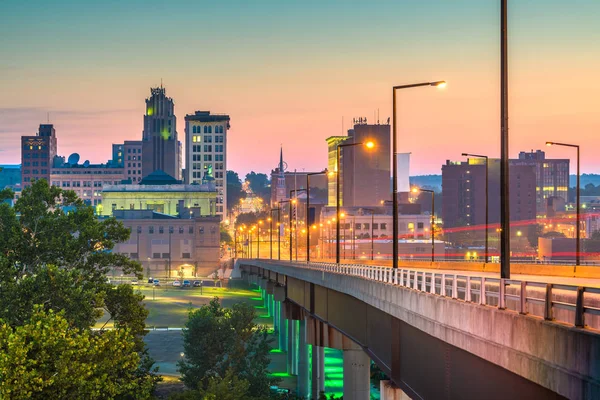
These revitalized town squares demonstrate how artistic intervention can honor heritage while creating contemporary relevance. The most successful transformations avoid simplistic gentrification narratives, instead developing an authentic creative identity rooted in local culture while remaining open to innovation.
When thoughtfully implemented, arts-based revitalization strengthens existing community bonds while attracting new investment—turning historic infrastructure from liability to asset through creative adaptation. The square itself—that distinctive American urban form developed for civic gathering—finds renewed purpose through artistic activation, proving that historic places need not choose between preservation and vibrant contemporary function.
More from Travel Pug

- Cities Growing so Fast You Won’t Recognize Them in 10 Years
- 13 Destinations Where Tourists Regularly Regret Their Trip
- 16 U.S. Cities That Are Quietly Becoming Travel Hotspots
- Where to Travel If You Love Long Bus Rides and Daydreams
- 20 Cities Perfect for Solo Travelers Who Crave Adventure & Culture
Like Travel Pug’s content? Follow us on MSN.
